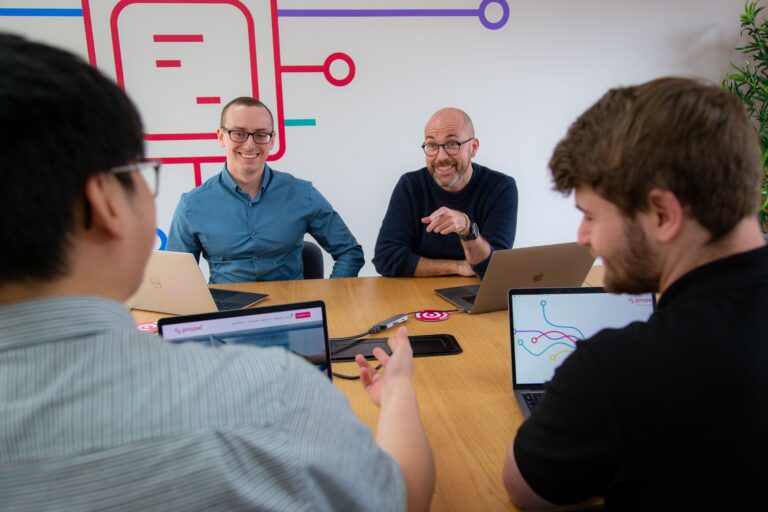I watched a news item the other day which showed a cabinet meeting at Number 10 so many people around the table and they looked very uncomfortable squashed up together. I couldn’t imagine this was where the real decisions were made. It reminded me of those unproductive ,dull and usually lifeless large meetings so characteristic of large organisations.
In one such organisation as far as I could workout the only reason for these fortnightly meetings was status. The idea was to enhance the status of the boss by the sheer number of deferential managers in attendance. Very different in style and tone to the Senior management team meetings where the real decisions were made. Despite the meetings being unproductive and dull these managers were keen to attend believing that attendance conferred status.
In another organisation I found a similar bi weekly meeting. This was over large and thus ineffective because the boss wanted to be inclusive and each senior manager took the view that if a colleague was inviting one of their direct reports to become a permanent member of the group then they could also find a good reason why one of their direct reports should also attend. Over time the membership grew bigger and bigger. It was no longer a decision making group but a consultation and sharing information group.
The third type of meeting is a working group or standing group such as a corporate EDI steering group. It started life as The Equality and Diversity group concerned with meeting recruitment targets for Black and Minority groups, take up of services equal opportunity training. However over the years the remit has been extended to includ]e gender, disability and sexuality. It’s now the corporate vehicle for driving EDI across the organisation.
Originally the group was chaired by a Director and each department/area of business was represented by a service head or equivalent. However the frequency of meetings, the pressure of other commitments soon resulted in service heads sending deputies in their place. The status of the meetings changed with changing membership and competing priorities. Soon the deputies were replaced by a representatives who would change from meeting to meeting depending on diary commitments. Much to the frustration of the chair, HR and specific policy officers.
The fourth type of meeting is the show of strength and unity meeting. This is typified by a meeting between the senior management teams of two organisations who operate in partnership. But not very well. The regular meeting are to broaden understanding and cooperation which means tackling areas of differing priorities by making some clear decision about how business should be conducted.
Both chief executives bring their full senior management teams, even though the agenda is dominated by operational issues and so is of little relevance to the Directors of Finance, HR, and Commissioning. The real agenda here is about dominance and requires a show of strength and unity. Not surprisingly it is rarely productive yet neither party is willing to be seen as with drawing from the commitment. Organisations love meetings but they can develop a life of their own,grow to an unmanageable size, become vague about their purpose, have the wrong people attending, makeing no useful contribution.









